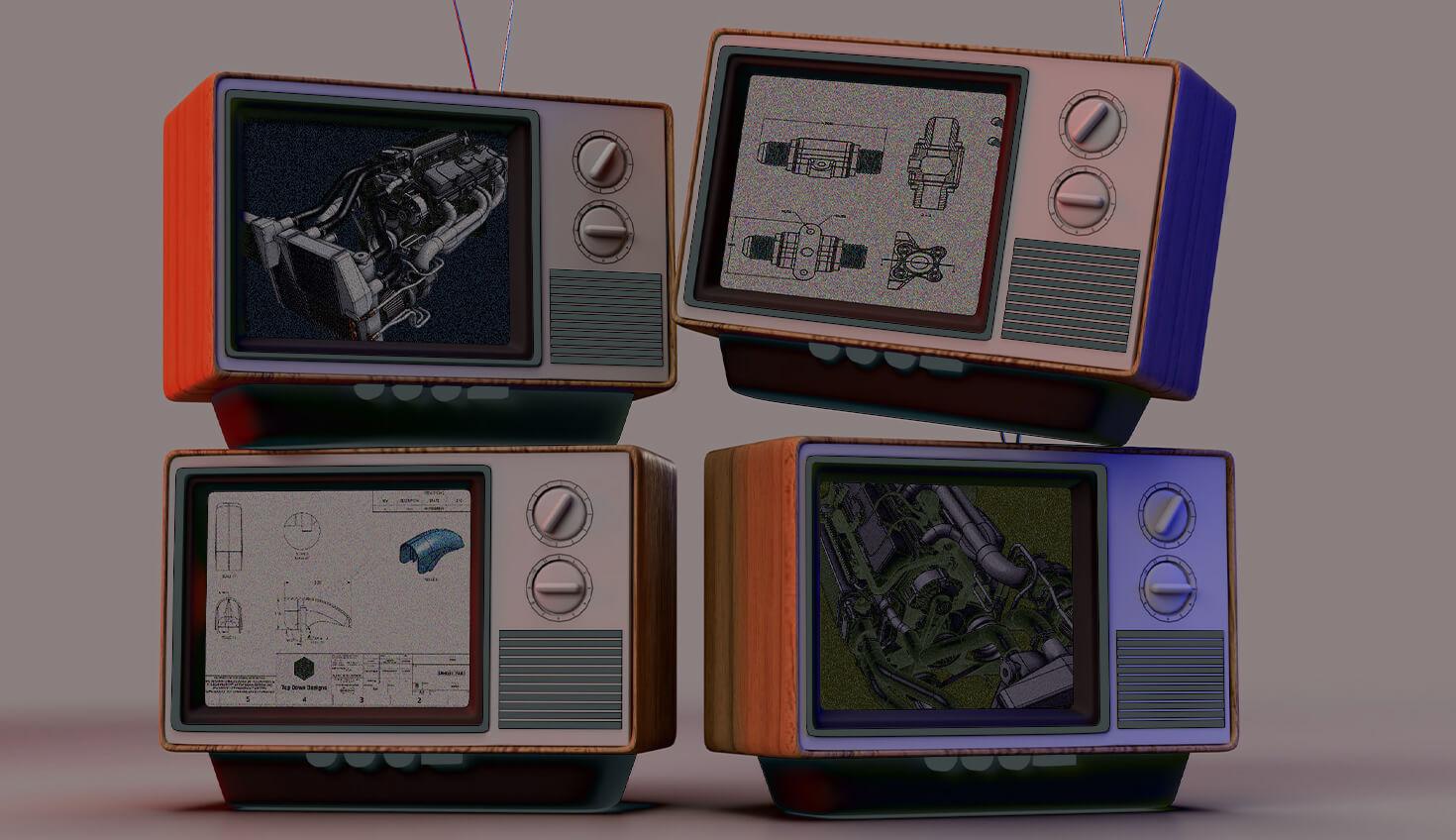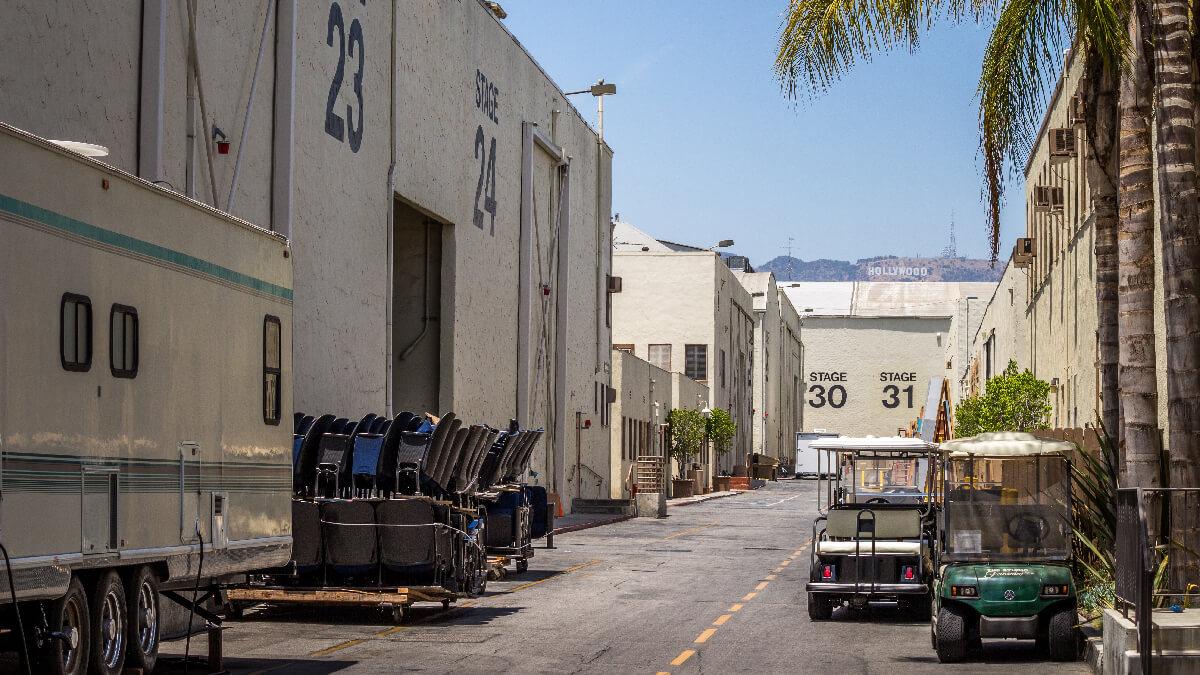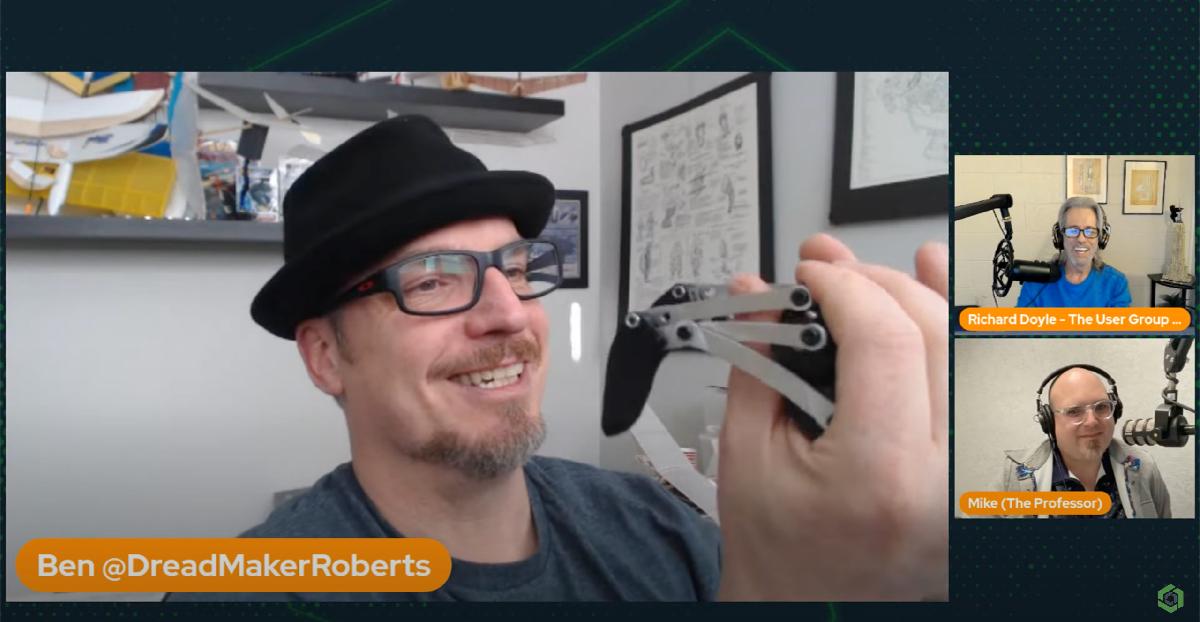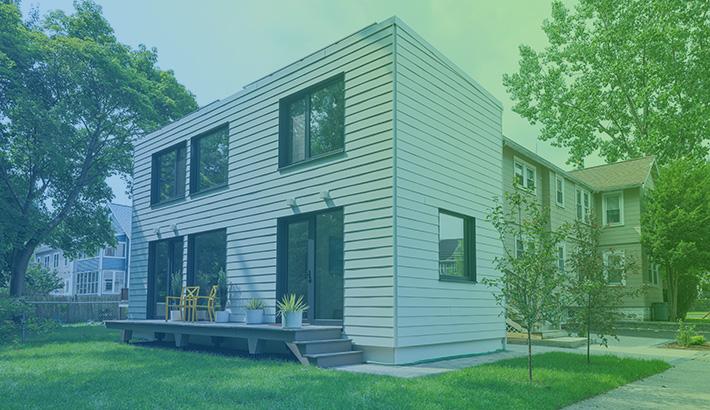
03:50
The entertainment industry is constantly evolving and adapting to the latest technologies. From props to stage design, these industries rely on the most efficient and reliable tools to help them create their projects. As the world of technology continues to progress, cloud-native computer-aided design (CAD) has become the go-to tool for entertainment professionals looking to create and collaborate on projects anywhere in the world.
But what exactly is cloud-native CAD, and how is it being used in the entertainment industry? Well, for starters, cloud-native CAD enables designers, engineers, and even digital artists to create props and stage designs in a fraction of the time and cost of traditional methods. CAD designers can quickly create renderings, prototypes, and 3D models that can then be exported directly to a Computer Numerical Control (CNC) router machine or 3D printer for fabricating the parts.
The use of cloud-native CAD programs allows for multi-user collaboration – enabling professionals to view and modify 3D models in real-time and to quickly share updates with colleagues. This makes collaboration between multiple studios exceedingly convenient.
Filming On-Location Vs. In Studio
(Unsplash.com / @cjoudrey)

No doubt you’ve heard of Hollywood studios spending millions of dollars on projects to create breathtakingly realistic environments. But what if I told you there was a better, faster, and cheaper way?
With cloud-native CAD, designers can create anything from intricate weapons to entire buildings. By adding textures and realistic orientations, the modeling allows for highly specific designs. The result is often far more realistic than what can be constructed by traditional methods. The greater range of materials and fabrication offered by CAD gives studios in Hollywood the ability to create cost-effective productions with greater visual complexity.
Conversely, the expense and complexity of shooting on-location add numerous factors to be considered. While shooting in a unique environment can give a film a beautiful, versatile landscape to work with, the financial logistics and planning needed is enough to make your head spin.
Filming on location often involves securing access to a location – whether it’s private property, a city, or a natural environment. Depending on the circumstances, these fees can be incredibly costly and require a great deal of paperwork and negotiation. The environment must be taken into consideration and accounted for, as uncontrollable natural elements like inclement weather and changing light can immediately derail a production. Transportation fees are also a factor, as filming on location often requires crew members and equipment to be moved frequently between locations.
The complexity of filming on location can’t be overstated. It requires more meticulous planning than a studio-based shoot would.
Lights, Camera, CAD!
Ben Eadie on the “Innovator’s Insider” podcast holding a prototype of a prop.

Hollywood has made ample use of cloud-native CAD to bring to life some of the most impressive props and set designs in television and film history.
Ben Eadie, an experienced prop designer, has created iconic mechanical objects for the big screen. He uses 3D CAD to bring his ideas to life and create items that get that real-life element to the big screen.
In the past, Eadie created props for Ghostbusters: Afterlife, The Revenant, and Star Trek Beyond. More recently, he worked on creating two Thing replicas (that can move around!) from Netflix’s Wednesday to use as promotional material.
Innovator’s Insider hosts spoke with Eadie about his career and how cloud-native CAD is his superpower in prop-making.
Harnessing the Power of Cloud-Native CAD
Hollywood designers have been creating sets and props for decades. While the technology used has changed over time, the process of designing sets and props has primarily been the same.
Traditionally, set and prop designers would have to create their designs from scratch. This often involved combining physical elements such as drawing on paper, painting, and building models. However, the introduction of CAD technology has enabled designers to swiftly make modifications to the design of a set or prop in order to determine what works best.
With CAD, creativity knows no bounds. So the next time you find yourself watching a television show with an incredible set design or a movie with fantastical prop weapons, you can thank cloud-native CAD for giving designers more freedom to create than ever before!
Try Onshape Today
Head to our sign-up page to choose the right CAD plan for you and your team.
(Onshape Content Marketing Specialist Rachel Valerio contributed to this blog.)
Latest Content

- Case Study
- Industrial Equipment & Machine Design
Reframe Systems: Transforming Homebuilding with Digital Automation and Cloud-Native Onshape
09.25.2025 learn more
- Blog
- Evaluating Onshape
Cloud-Native CAD 2025 Wins: Revenue Growth, Real-Time Collaboration, Unified CAD-CAM
12.17.2025 learn more
- Blog
- Becoming an Expert
- Assemblies
- Simulation
Mastering Kinematics: A Deeper Dive into Onshape Assemblies, Mates, and Simulation
12.11.2025 learn more
- Blog
- Evaluating Onshape
- Learning Center
AI in CAD: How Onshape Makes Intelligence Part of Your Daily Workflow
12.10.2025 learn more


